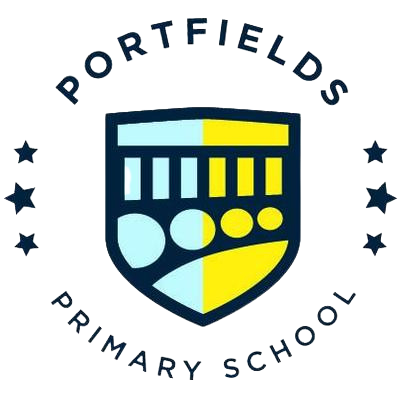Phonics & Early Reading
At Portfields, your child is taught to read using the Read Write Inc. (RWI) phonics programme. Read Write Inc., developed by Ruth Miskin, provides a structured and systematic approach to teaching early reading. It is designed to create fluent readers and confident speakers. All children in EYFS and Key Stage One have explicit phonics lessons throughout their first three years at school.
If you have any questions, please speak with Nikki Raine (Phonics Lead) who will be happy to help.
What is phonics?
Phonics is a method of teaching children to read quickly and skilfully by linking phonemes (sounds) and their graphemes (written symbols).
Your child is taught how to:
- Recognise the sounds that each individual letter represents.
- Identify the sounds that different combinations of letters represent (e.g. ‘sh’, ‘ay’).
- Blend these sounds together from left to right to make a word.
More information about RWInc including how you can help at home
For more information about Read Write Inc, and parent resources, please click here
The following videos will guide you through simple and effective ways to support your child’s reading at home. They will demonstrate how to complete the reading record and how to read the books provided by the school. Whether your child is just beginning to read or developing more advanced skills, these videos will show you how to support their progress every step of the way.
Reading Record
My Set 1 Speed Sounds Book
Sound Blending
Ditty
Phonics Screening Check
The Phonics Screening Check is taken individually by all children in Year 1 and is designed to give feedback to teachers and parents on how each child is progressing in phonics. Pupils are asked to read 20 real words and 20 pseudo words, known to the children as 'alien words', in order to ensure children are decoding the words instead of memorising or guessing. ‘Alien words’ are introduced to children in Reception.
